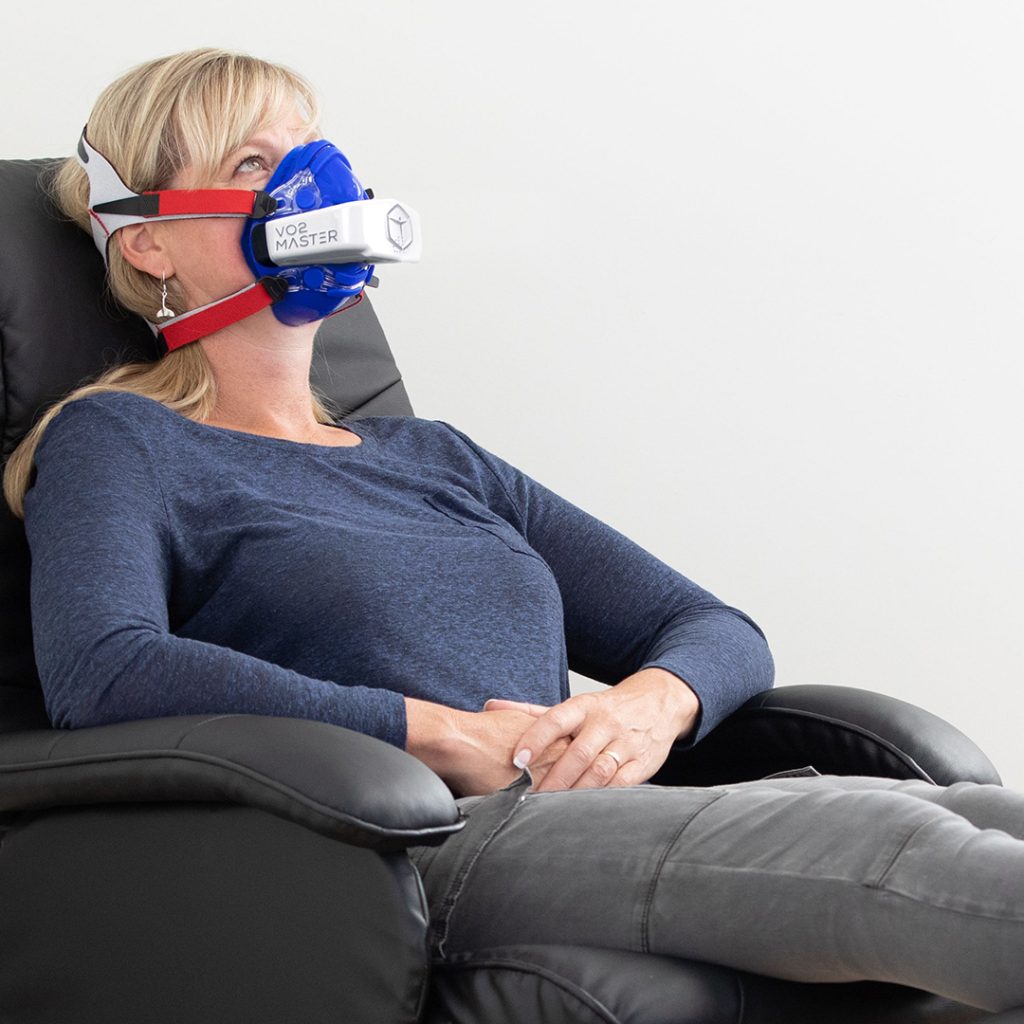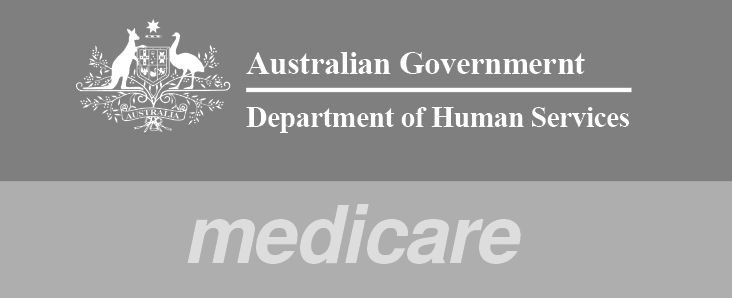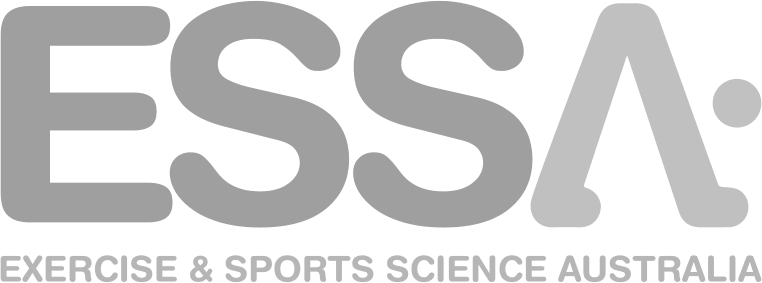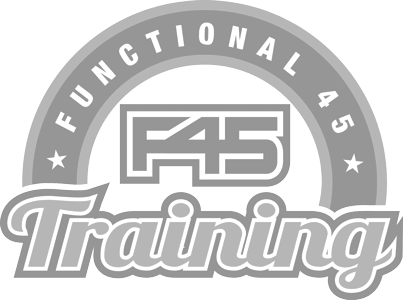Metabolic Testing

Resting metabolic testing helps you understand how your body uses energy each day.
What is Resting Metabolic Rate (RMR) Testing
At PhysioHealth, we use laboratory-grade devices to precisely measure your resting oxygen consumption and heart rate. From there, we provide a comprehensive report with your resting metabolic rate offering valuable insights into your fitness and longevity, and work with you to develop a personalized program that supports your specific goals.
What Does Metabolic Testing Tell You?
- How much energy you burn at rest: This is called your Resting Energy Expenditure (REE). It tells you how many calories your body uses when you’re just lying around. This is an objective measure of your daily energy expenditure at rest.
- How your metabolism compares to others: This compares your metabolism to people of similar age, weight, height, and sex. A score of +10 means your metabolism is 10% faster than average, while -10 means it is 10% slower.
- Your resting heart rate: A lower resting heart rate is generally a good sign. A resting heart rate under 50 beats per minute is associated with the lowest risk of all-cause mortality. Risk of all-cause mortality increases two-fold at 80bpm.
- Your heart rate variability (HRV): A higher HRV usually means you’re healthier and fitter. As your fitness improves, your HRV should increase.
Why is it important?
Metabolic testing helps you understand energy balance. Energy balance is the relationship between the calories you eat and the calories you burn. Measuring metabolic rate is the first step in managing energy balance.
- To maintain your weight: You need to eat roughly the same number of calories that you burn.
- To lose weight: You need to consume fewer calories than you burn. Depending on your weight loss goals, it is generally safe to consume 250-750 fewer calories daily.
- To gain weight: You need to consume more calories than you burn. If your goals are to gain lean mass through proper exercise, then consuming 250-750 more calories than you burn will help you to effectively gain weight.
While weight on the scale may be considered a measure of progress for some, we recommend that you focus on building lean muscle mass, as this increases your resting metabolic rate and overall energy expenditure – even when at rest!
How Do You Burn Energy?
- Resting Metabolic Rate (RMR): The energy your body uses at rest, largely determined by lean muscle mass and organ function. Your unique RMR is measured.
- Daily Activities: Anything you do requires energy. Moving around during the day burns a lot of calories. How much you move on average throughout the day has the greatest effect on your caloric expenditure, even more than exercise. Even small things like fidgeting can add up. This is called Non-Exercise Activity Thermogenesis (NEAT).
- Exercise: Helps build muscle, which can increase your RMR over time.
- Digesting Food: Your body uses a bit of energy to digest the food you eat. This is the reason you must fast before measuring RMR. This is called the thermogenic effect of food.
How Do You Take In Energy?
- Food: The food you eat gives you energy in the form of calories. This includes fats, carbohydrates, and proteins. Changes to the amounts and types of food you eat can help you achieve your health and fitness goals.
Tips for Managing Your Body Composition
Body composition is the percentage of fat, bone, and muscle in the body. It can be used to assess health and fitness.
- Move more: This is the easiest way to burn more calories doing more of physical things you enjoy. This exercise is called incidental physical activity. Examples include walking the dog, cleaning and gardending, playing with children.
- Don’t cut out protein: When trying to lose weight, make sure you still eat enough protein to keep your muscles healthy.
- Build muscle: Having more muscle helps you burn more calories. Having muscle mass, also known as lean mass, is one of the keys to maintaining a higher metabolism. Following proper exercise guidelines, and the recommendations of your health professional will help you to increase and maintain muscle mass while safely pursuing your weight goals.
Changing your body composition can be challenging and most often requires changing the way we consume food and do exercise. Remember muscle weights more than fat, so it’s important to not judge your progress on the scales.
At PhysioHealth we offer metabolic testing to give you a snapshot of your body’s energy needs so you can make better choices about diet and exercise to live a longer healthier life.





